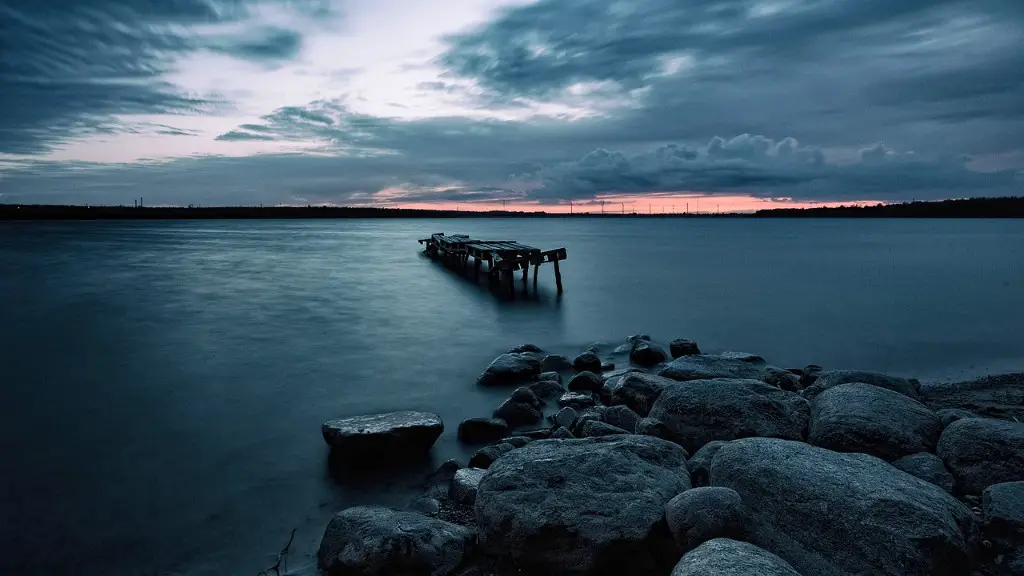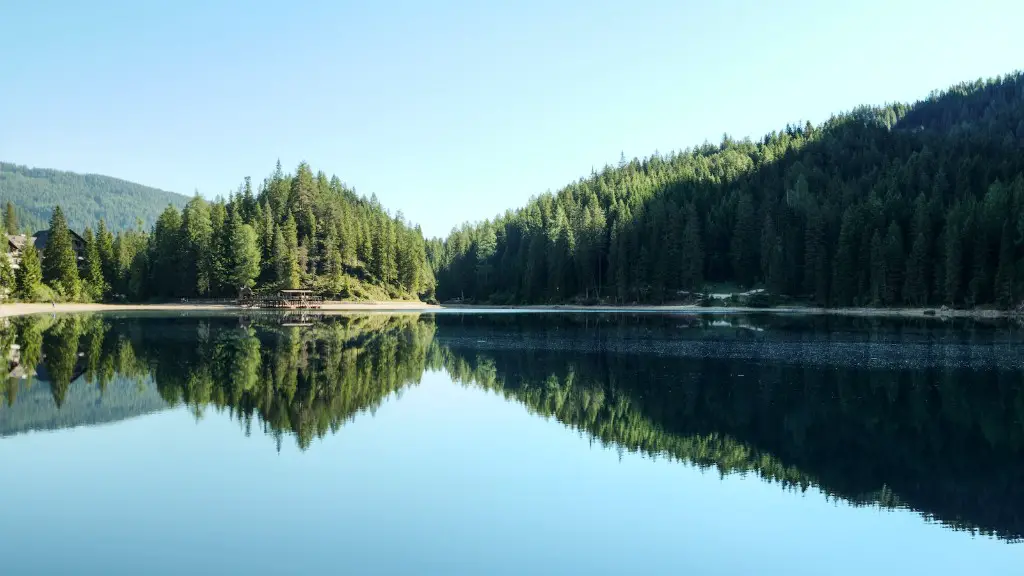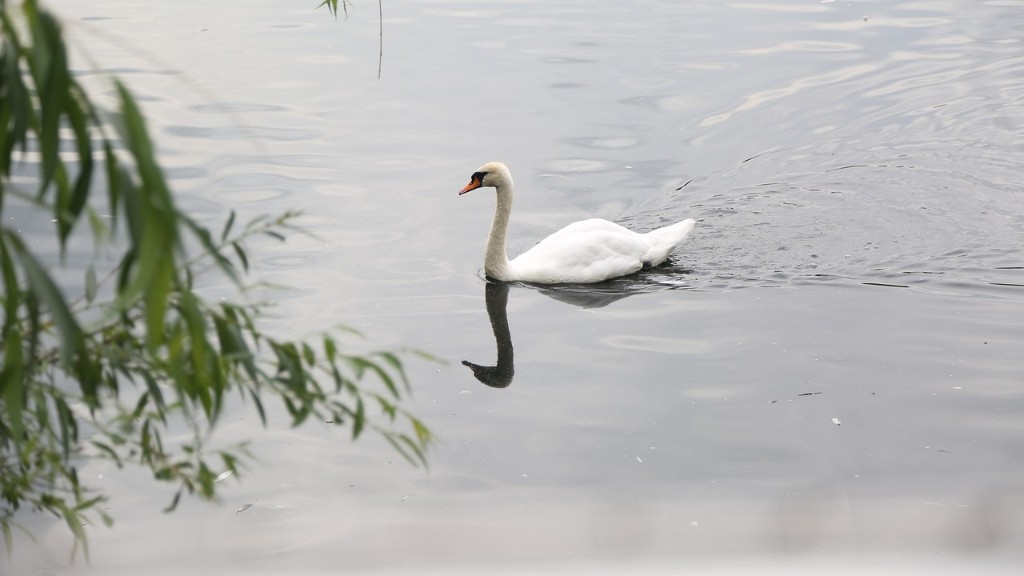Overview
Lake Michigan is part of the largest group of freshwater lakes in the world and it is the third largest of the group. Located between the states of Wisconsin, Illinois, Indiana, and Michigan, Lake Michigan is approximately 307 miles long and 118 miles wide, covering 22,404 square miles with an average depth of 279 feet. The northern and southern portions of the lake are separated by the strait of Mackinac.
Lake Michigan is home to a startling and diverse array of flora and fauna. From rare species of birds and fish, to hundreds of aquatic and shoreline plants, Lake Michigan is a living and dynamic natural resource. Boating, swimming, and fishing are some of the recreational activities that draw travelers to the lake in droves every year. It’s estimated that between 5 and 10 million people visit the lake’s shorelines and islands each year.
Environment
As noted by Robert Bancroft Gogan, in his book Freshwaters of the Great Lakes Basin, Lake Michigan can be divided into 4 distinct ecological regions. These ecological regions are often referred to as the Lower (Southern), Upper (Northern), Eastern, and Western Core.
The Lower Core is the deepest, covering approximately 72% of the overall depth of the lake with an average depth of 300 feet. This area of the lake is quite nutrient-rich and is home to a multitude of plant and fish species. The Upper Core is the shallowest and least biologically diverse portion of the lake, with an average depth of 18 feet.
The Eastern and Western Cores are shallower than the lower core, but deeper than the Upper core with an average depth of 90 feet in the East and 70 feet in the West. These areas tend to be more nutrient-rich than the lower and upper cores, and are habitat for a diverse range of flora and fauna.
Flora
Lake Michigan is home to a wide variety of flora, including over 250 plant species, many of which are endemic to the area. The lake is known for its seaweed beds, which support many species of algae, including the virulent red algae Didymosphenia gemmata, or ‘rock snot’, as it is commonly known.
The area is also home to various species of wild mushrooms, as well as an array of rare and endangered plants. The drought-tolerant Kalm’s Lobelia, for example, is very rare in the lower part of the lake but can be found in small numbers in the Upper Core.
Fauna
Lake Michigan is also home to a few species of large fish, including pike and large-mouth bass, as well as various species of trout. Popular sport fish such as steelhead, perch, and walleye are also commonly found in the lake’s waters.
The lake also provides habitat for a variety of bird species, including herons, ospreys, kingfishers, and bald eagles. The lake is often host to migrating birds, such as tundra swans, snow geese and various species of ducks.
The lake is also home to a number of amphibious species, including frogs and salamanders, as well as aquatic insects, such as dragonflies, damselflies and mayflies.
Biomonitoring
The State and Federal governments have played a significant role in monitoring the health of Lake Michigan over the past several decades. Biomonitoring, or the use of living organisms as indicators of environmental health, has become an important tool in tracking the lake’s health. Fish, waterfowl, and aquatic invertebrates are all sampled yearly to gauge the health of the Lake Michigan ecosystem.
Climate Change and Pollution
In recent years, the effects of climate change and pollution have come to the forefront of environmental concern in the Great Lakes region. Studies show that water temperatures in Lake Michigan are on the rise, and this has had an effect on native species. Increasing storm intensity and changes in shoreline morphology have also been linked to climate change and development.
The effects of pollution on Lake Michigan are also a concern. Sewage and industrial discharge, along with agricultural runoff and urban run-off all contribute to water pollution. In particular, eutrophication, or the increased presence of excessive nutrients, has caused a number of concerning changes in the lake’s waters. Algal blooms, fish die-offs and other attempts by nature to restore balance to an ailing ecosystem have become increasingly common in Lake Michigan.
Conservation Efforts
In response to the changing environment of Lake Michigan, several groups have been working to conserve and protect the lake. Non-government conservation organizations, such as the Michigan United Conservation Clubs, the Saugatuck Dunes Coastal Alliance, and the Great Lakes Commission have all taken a leadership role in protecting the lake’s waters.
At the Federal level, the establishment of the Great Lakes Restoration Initiative has allocated billions of dollars to restoring and protecting the Great Lakes. The GLRI, as it is often referred to, provides funding for a variety of projects, such as wetland restoration, reducing runoff and preventing algal blooms.
On the local level, cities and towns along the lake have implemented measures to reduce water pollution. Sewage treatment plants have been upgraded, and nutrient runoff has been reduced. Many states, including Wisconsin, Michigan and Illinois, have passed legislation to help protect the lake’s watersheds.
Conclusion
Lake Michigan is an incredible natural resource and a vital part of the region’s identity. From its hundreds of species of flora and fauna to its recreational value, the lake’s importance cannot be overstated. Conservation efforts, both on the local and Federal level, have made significant progress in restoring and protecting the lake for generations to come.


